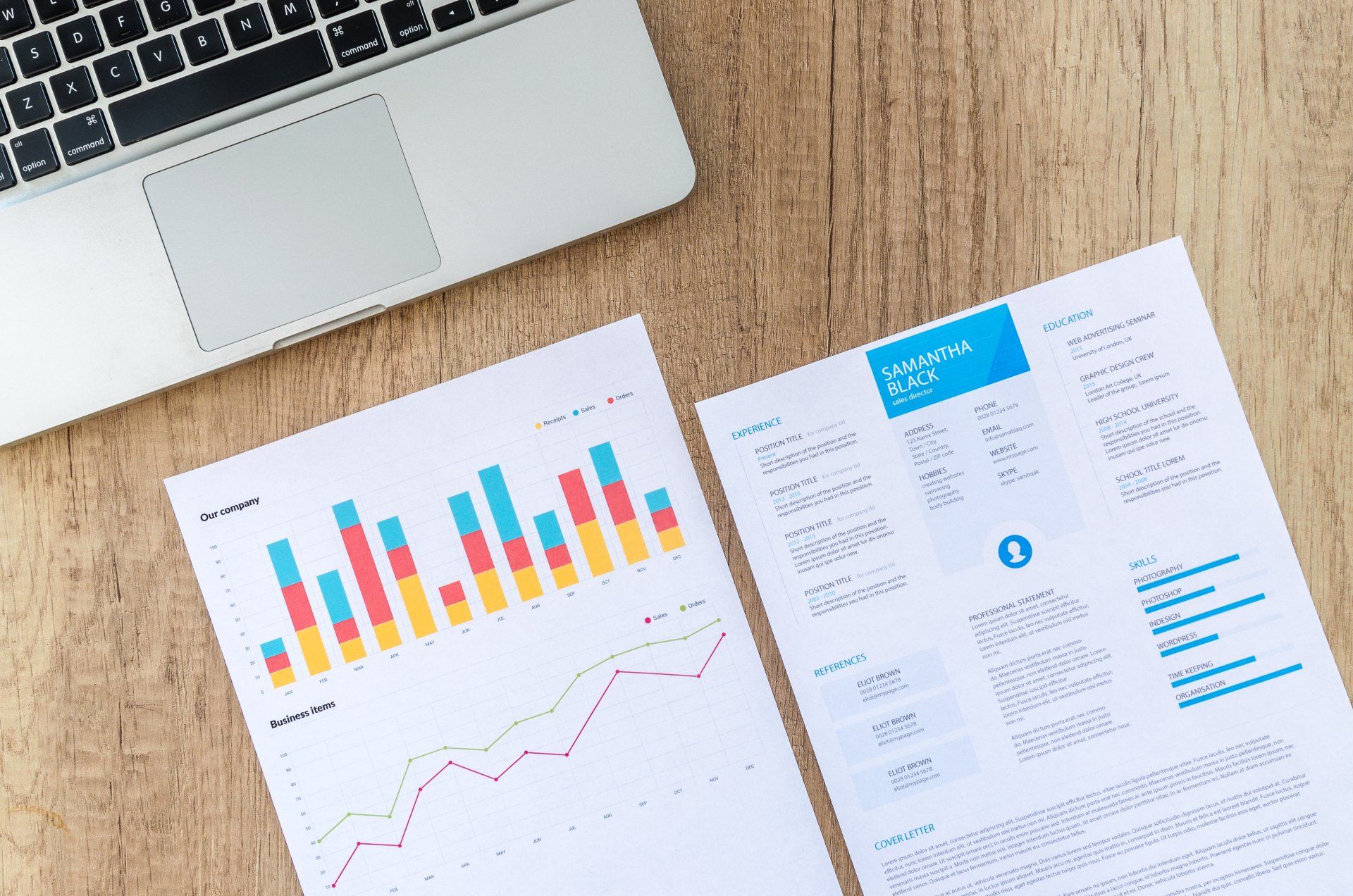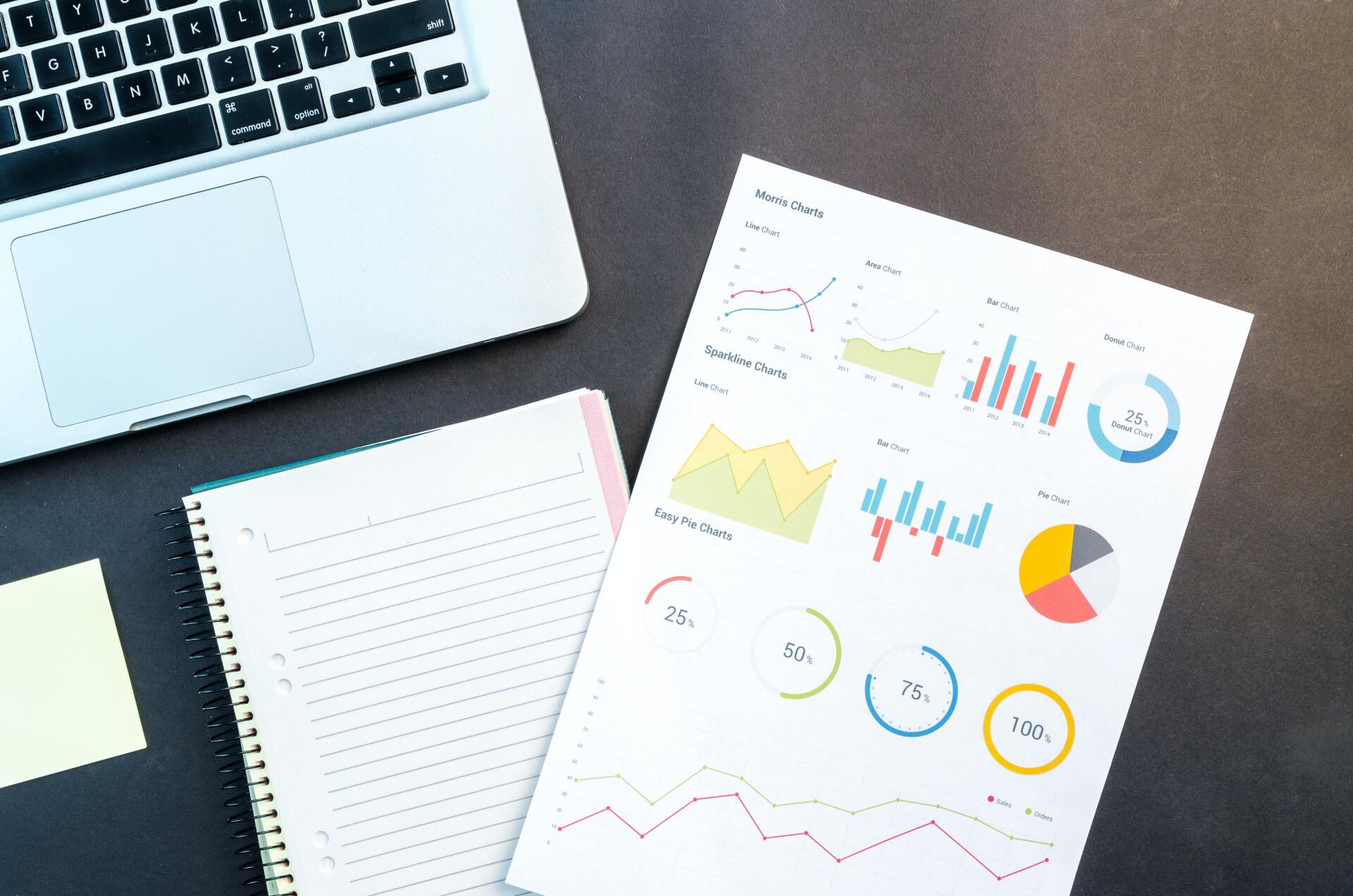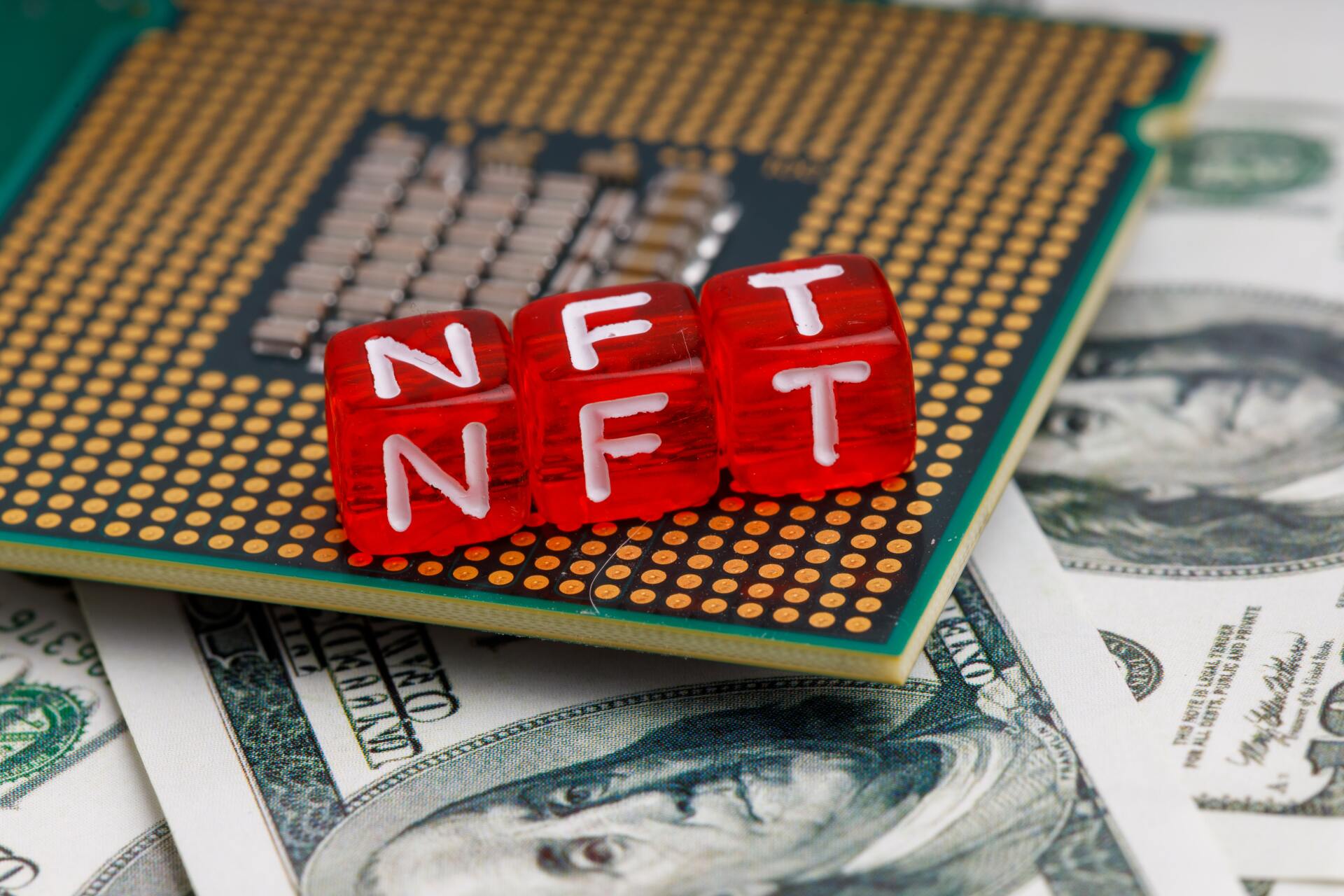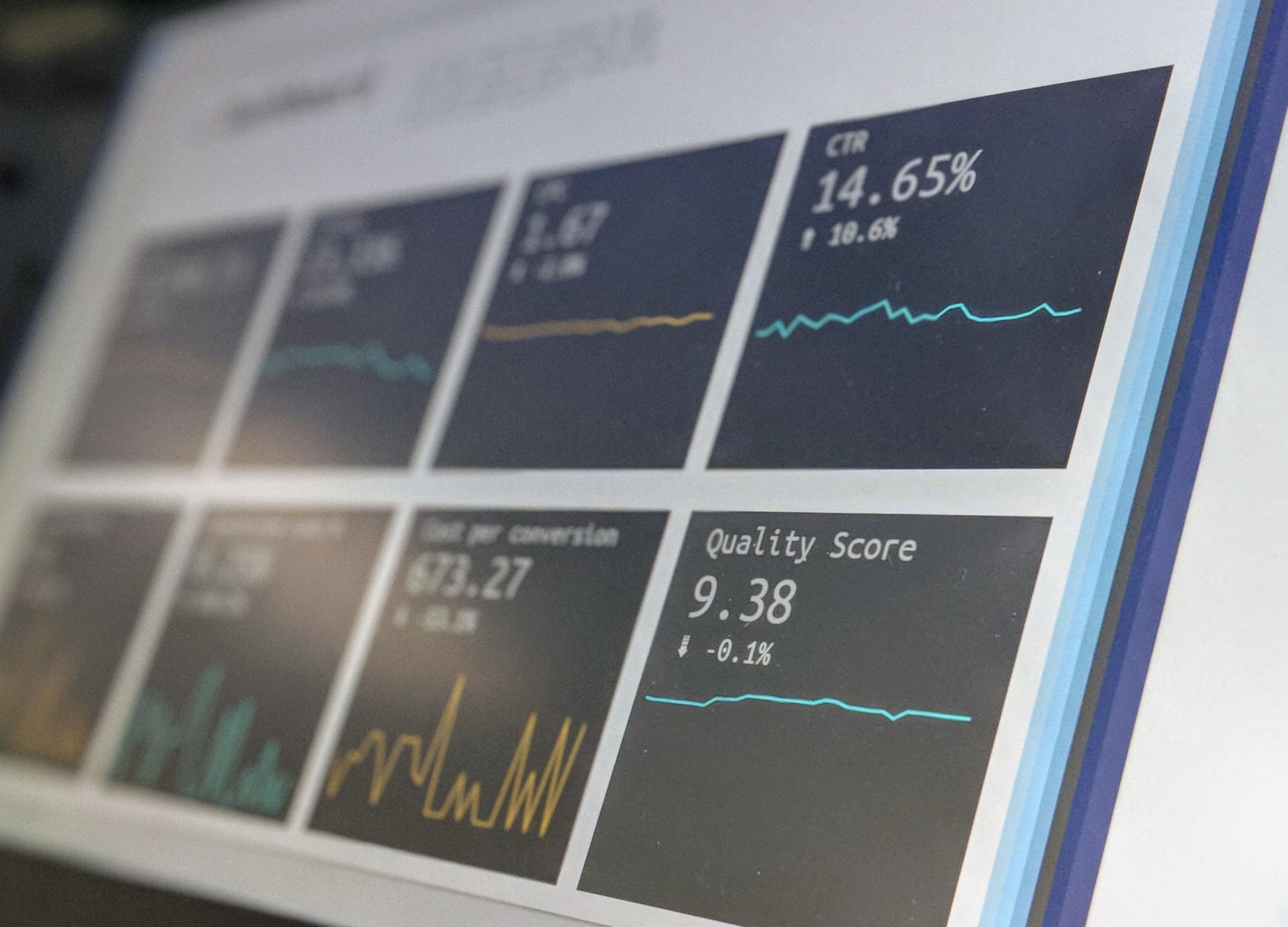What is StockMotion?
A New Way to Learn Investing
How the Game Works
When you first open an account, you start out with some PracticeCash and StockMotion Coins. The PracticeCash is used to buy stocks and its value mirrors the USD. You are also given some StockMotion Coins. Coins are used in the in-game marketplace to purchase in game items.
Your first step in the game is to head over to the investor roadmap, which is a map of lessons, activities, quizzes, and more that start with the very basics and help you progress into a knowledgeable and effective trader. As you move through the curriculum, you will learn concepts and strategies to help you manage your practice portfolio better.
The curriculum and simulator work hand-in-hand to help you learn about investing basics and actually practice them in a risk-free sandbox environment!
Experience Points (xp)
Experience points (referred to as 'xp' in the game) track your progress towards the next level and are earned as you play the game, meaning that when you earn enough xp, you will level up -- unlocking new stocks to trade, more PracticeCash, and other rewards! Currently, there are a few ways to earn xp:
Trading Stocks
Every time you buy or sell a stock, the app runs a quick analysis on the trade, evaluating how well the trade adheres to traditional investment principles such as buy-and-hold, buy-low-sell-high, among several others. The awarded xp is meant to be a general indicator of the trade's adherence to traditional investing principals.
Over time, StockMotion players habitually evaluate themselves according to those investing principles as they place trades. It is important to note that placing a large amount of trades in rapid succession will halt the accumulation of xp and even though the game will still allow the trades to be made, the player will not earn xp for those trades.
Daily Rewards
When you open the app for the first time in a 24-hour period, a pop-up will appear, awarding xp based off several factors, including your portfolio's performance and the average age of your positions. This is one of the easiest ways to accumulate xp and other rewards, so don't forget to come back frequently!
Checking into the game frequently allows you as the player to watch your investments grow and become accustomed to the ebb and flow of stock price movements. Frequent and prolonged exposure to market volatility can help players to develop a higher tolerance to making emotional decisions (such as dumping stocks at the bottom of a short-term correction). As such, we reward players for regularly checking into the game and reviewing their portfolios.
Why We Built StockMotion
Real talk; everyone likes money, but most people don't like learning about money and because of that, most people end up not knowing much about money. According to FINRA, only 34% of American adults can answer 3 out of 5 basic financial literacy questions correctly. While the realm of financial literacy extends far beyond investing alone, developing an understanding of investing is of paramount importance to building a future.
Here at StockMotion, we wanted to set out to help people start learning how to invest at younger ages than ever before because on of the most important factors in investing is time. Because of that, we set out to build something that will give investors more time by helping them be prepared to start their investing journey sooner than they otherwise would have.
By simplifying the interface, reducing the information presented, and gamifying the experience, we've created an ecosystem where people of all backgrounds and experience-levels can come and develop the skills needed to invest in their futures, and that's what we're all about.











